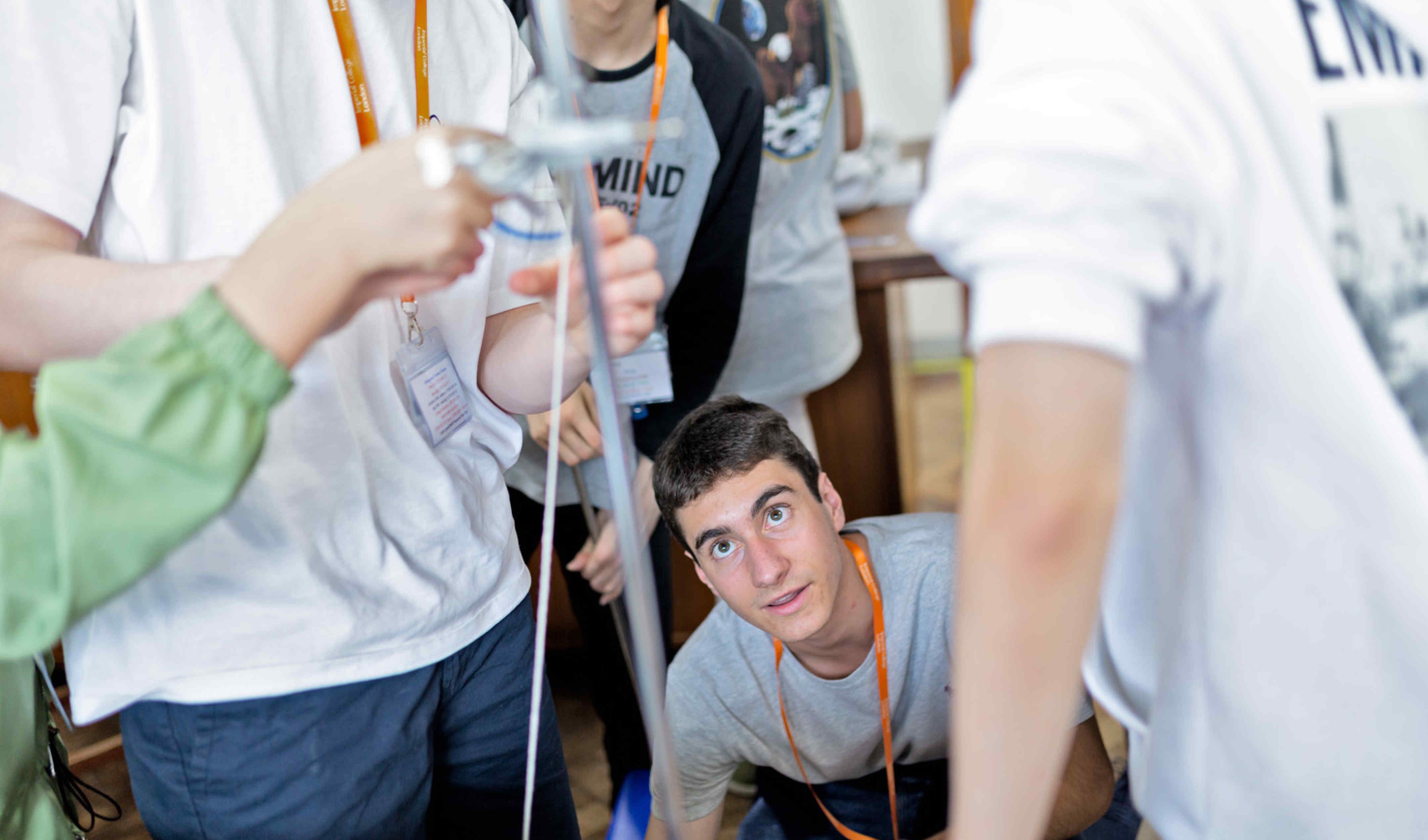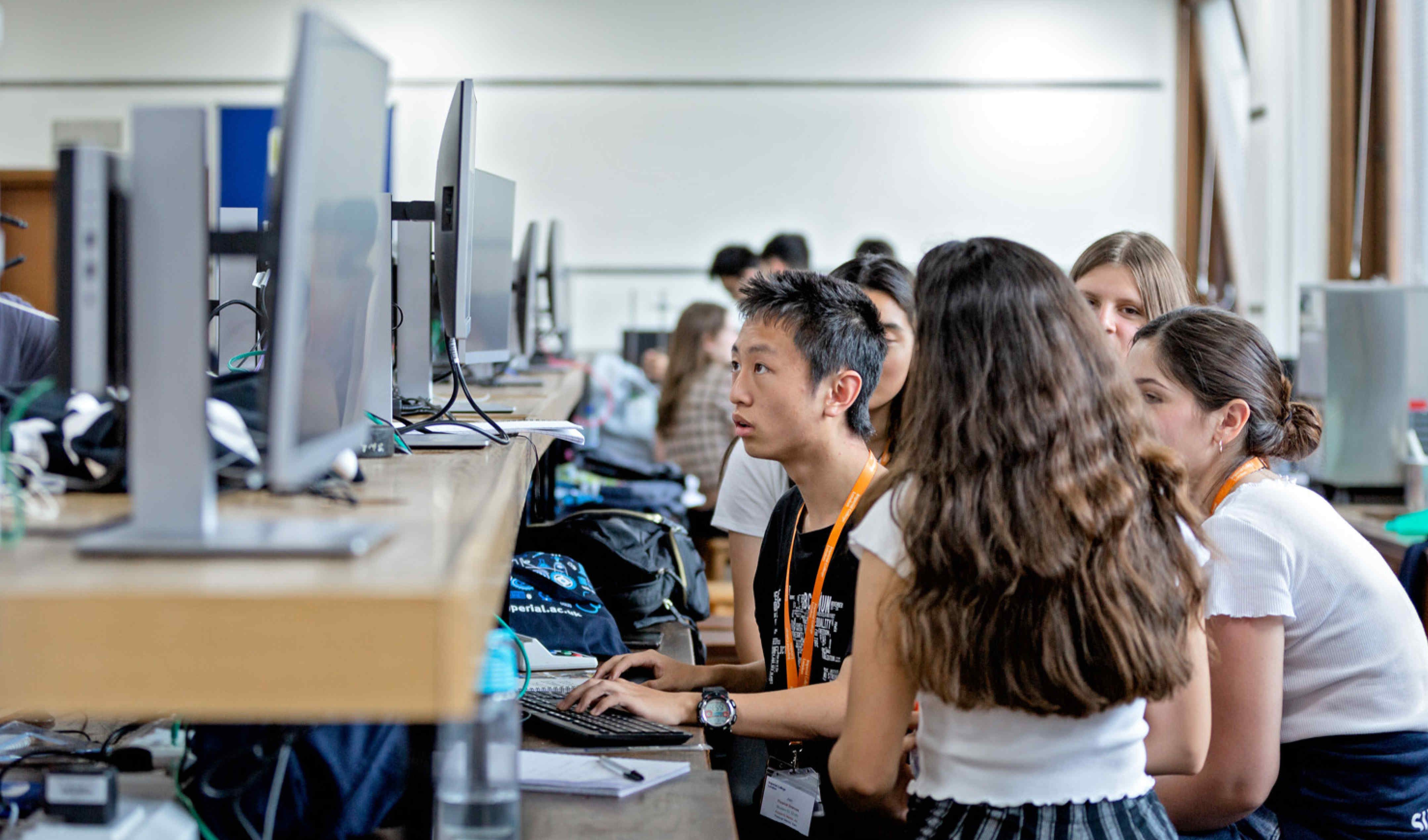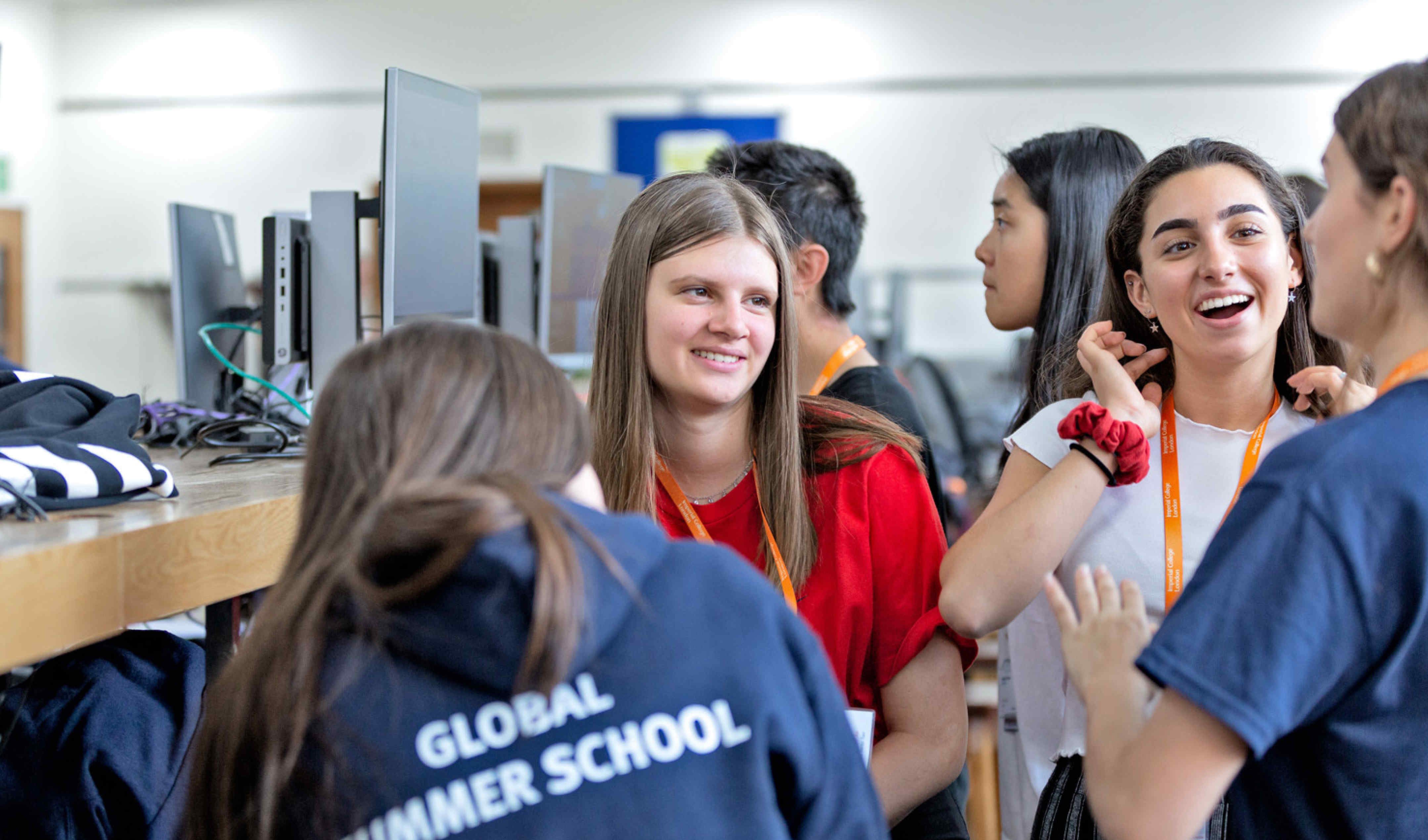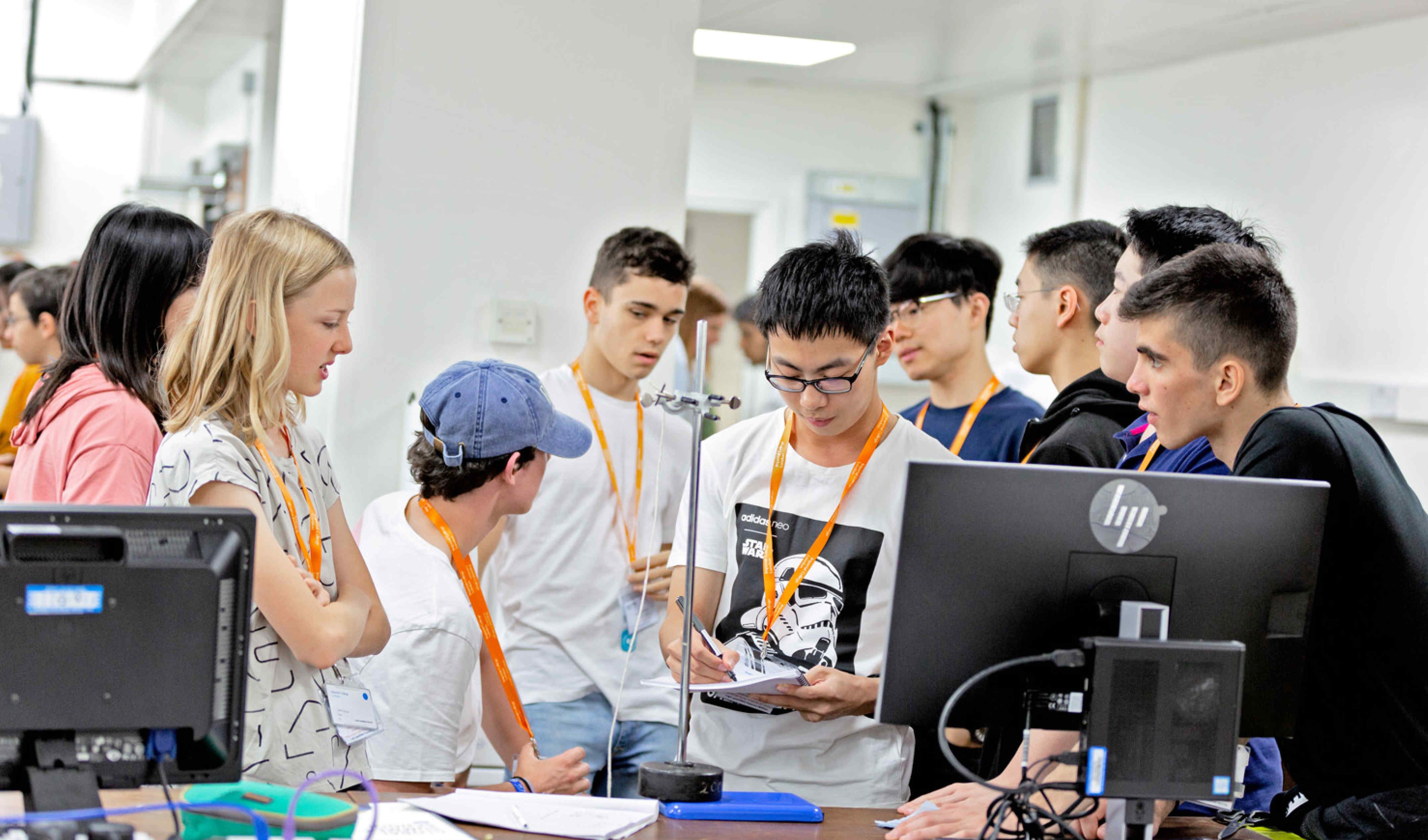Physics Summer School

This subject focuses on the physics and mathematics of a central concept in the physical sciences where you will learn to look at a problem or physical situation using three different tools: the mathematics of calculus; performing experiments; and simulating the situation using a computer.
You will then combine your newly honed programming skills with theoretical knowledge to complete a team-based project.
In 2024 students will:
- Conduct practical experiments, collect and analyse data.
- Encounter new mathematical techniques in a lecture-led teaching session.
- Learn the basics of the Python programming language and create computer simulations.
- Present the results of their experiment in a group presentation
- Finish the week with a real understanding of oscillations and their importance throughout the natural sciences.
Download a sample 2024 Physics timetable.
Sample session outline
Day one
Day one will begin with an introduction to physics, where you will learn about calculus, simple harmonic oscillators, and damping and forcing. Through a series of lectures, you will experience first-hand lecturer-led teaching within a university physics environment and explore the fundamental background knowledge required for the week ahead.
In the afternoon, you will be based in the undergraduate computing suite where you will learn the basics of computer programming, including Python. With the support of mentors, you will be tasked with completing a number of exercises.
Day two
Your second day will begin in the computing suite where you will further develop your programming skills within a physics context. You will be introduced to some powerful mathematical and scientific libraries such as, Matplotlib, NumPy and SciPy, that can be used in Python and common physics-related tasks.
After lunch, you will work in teams in a real undergraduate teaching laboratory to utilise the knowledge you have acquired and record and analyse data while performing two experiments.
Day three
Day three will begin in the laboratory where you will construct a physics simulation of simple oscillations to prepare you for the final and most challenging experiment.
In the afternoon, you will move to the computer suite to model more complex systems. Following this, you will be put into groups with your fellow students and tasked with creating a presentation that builds on the knowledge you have acquired so far.
Day four
During the final session, you will together in groups to complete and rehearse your final presentation.
In the afternoon, you and your group will present your idea to your fellow students, mentors and course leaders. There will be time set aside after each presentation to allow for questions. Presentations will be judged by the mentors and leaders and a prize will be awarded to the winning group.
Meet the teachers
Dr Alexander Richards
Research Associate, Department of Physics.






